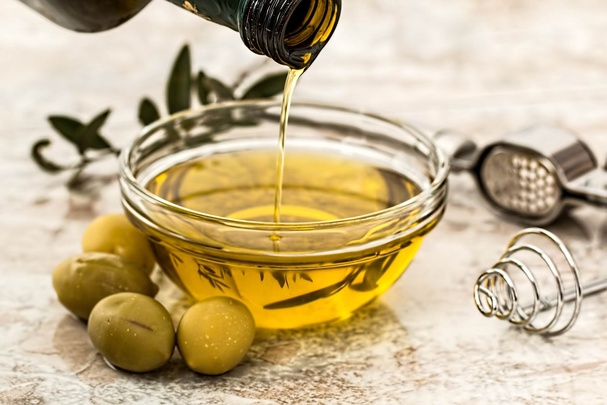« Trop d’information tue l’information ».
Comment ne pas être d’accord avec cela, et en matière d’alimentation et de nutrition, il devient extrêmement compliqué de se positionner. Combien de fois n’ais-je pas entendu la phrase « alors, je ne peux plus rien consommer ? ». En effet, il est vrai que si on écoute tout ce qui se dit, on peut avoir l’impression que tout nous est proscrit et que rien ne nous est plus autorisé. Je dois bien avouer que beaucoup de conseils circulent tant sur internet que dans les livres et qu’on nous donne très souvent l’impression d’être des mauvais consommateurs quotidien. Comment avancer sereinement vers la santé sans réussir à se positionner ?

Néanmoins, en terme de bonne santé, il est vraiment capital de comprendre que rien n’est vraiment interdit car finalement, ce sont ces interdits qui nous poussent à la frustration et qui peuvent alors provoquer des troubles du comportement alimentaire pouvant osciller entre boulimie et anorexie dans les cas les plus graves.
Aussi, nous recommanderons d’utiliser les bons produits au bon moment, c’est pourquoi aujourd’hui, nous allons approfondir la question des huiles végétales au quotidien. Comme dans le domaine de la cosmétique au naturel, chaque huile a son utilité et son rôle propre.
En effet, certaines huiles ne pourront être utilisées que pour l’assaisonnement et non pour la cuisson. D’autres auront un rôle multiple et seront alors préférée en cuisine plutôt que pour une consommation crue.
Les huiles végétales peuvent pratiquement toutes être utilisées en tant qu’aliment cru. Néanmoins, en fonction des qualités nutritionnelles et du goût, nous préférerons certaines huiles à d’autres. Par exemple, l’huile de colza sera un très bon choix d’assaisonnement grâce à sa richesse en acides gras mono-insaturés (63%) et en oméga 3 (9%). Néanmoins, quand on s’intéresse de plus près aux huiles végétales, on prendra garde à toujours conserver un bon ratio entre les acides alpha-linoléniques soit les oméga 3 et les acides linoléniques soit les omégas 6. En effet, nous devrions consommer une part d’oméga 3 pour 4 part d’oméga 6, or dans la société actuelle, le ratio est complètement troublé par les produits trop industrialisées avec les plats préparés et tous les aliments qui ne sont pas préparés par une main humaine.
Pour les cuissons par contre, pas questions d’utiliser les huiles riches en oméga car elles ne sont pas suffisamment stables à la chaleur. Plus une huile a un pourcentage d’acides gras insaturés élevés et moins elle pourra se permettre d’être utilisée à la cuisson et cela, principalement à cause d’une question de stabilité. Dès lors, l’huile d’olive par exemple sera une huile plutôt adaptée à la cuisson car elle sera résistante à la chaleur et, on pourra dès lors l’utiliser pour cuire ses aliments.
Néanmoins, afin de conserver un capital de santé optimal, on n’imposera pas à cette huile une cuisson à trop haute température comme la friture par exemple. Le point de fumée (Selon wikipédia, le point de fumée est la température à partir de laquelle les huiles ou les graisses émettent des fumées de façon continue ) est de 191 degrés celsius pour l’huile d’olive extra vierge et 238 degrés pour l’huile d’olive vierge ordinaire. (Ces chiffres peuvent évoluer de quelques dixièmes en fonction des sites de références) . Dès lors, on n’hésitera pas à opter pour des huiles d’olive de différentes qualités en fonction des besoins nutritionnels.
Les huiles végétales sont des trésors nutritionnels parfois rares et chers et il serait dommage de les utiliser à mauvais escient en abîmant alors les bienfaits de chacune. Par exemple, pour s’assurer d’une cuisson à très haute température comme la friture par exemple, n’hésitez pas à plutôt utiliser l’huile de coco riche en acide gras saturés permettant alors ce point de fusion plus important.
Coup de cœur :
Le ghee, ce beurre clarifié, débarrassé de son eau, de son lactose et de ses protéines est aujourd’hui considéré comme un super-aliment dans la cuisine ayurvédique. Les indiens l’utilisent d’ailleurs comme un aliment sacré car il a de nombreuses vertus et il pourra être consommé cru ou cuit, sans être altéré par la cuisson.

La meilleure facon de manger de Thierry Souccar



